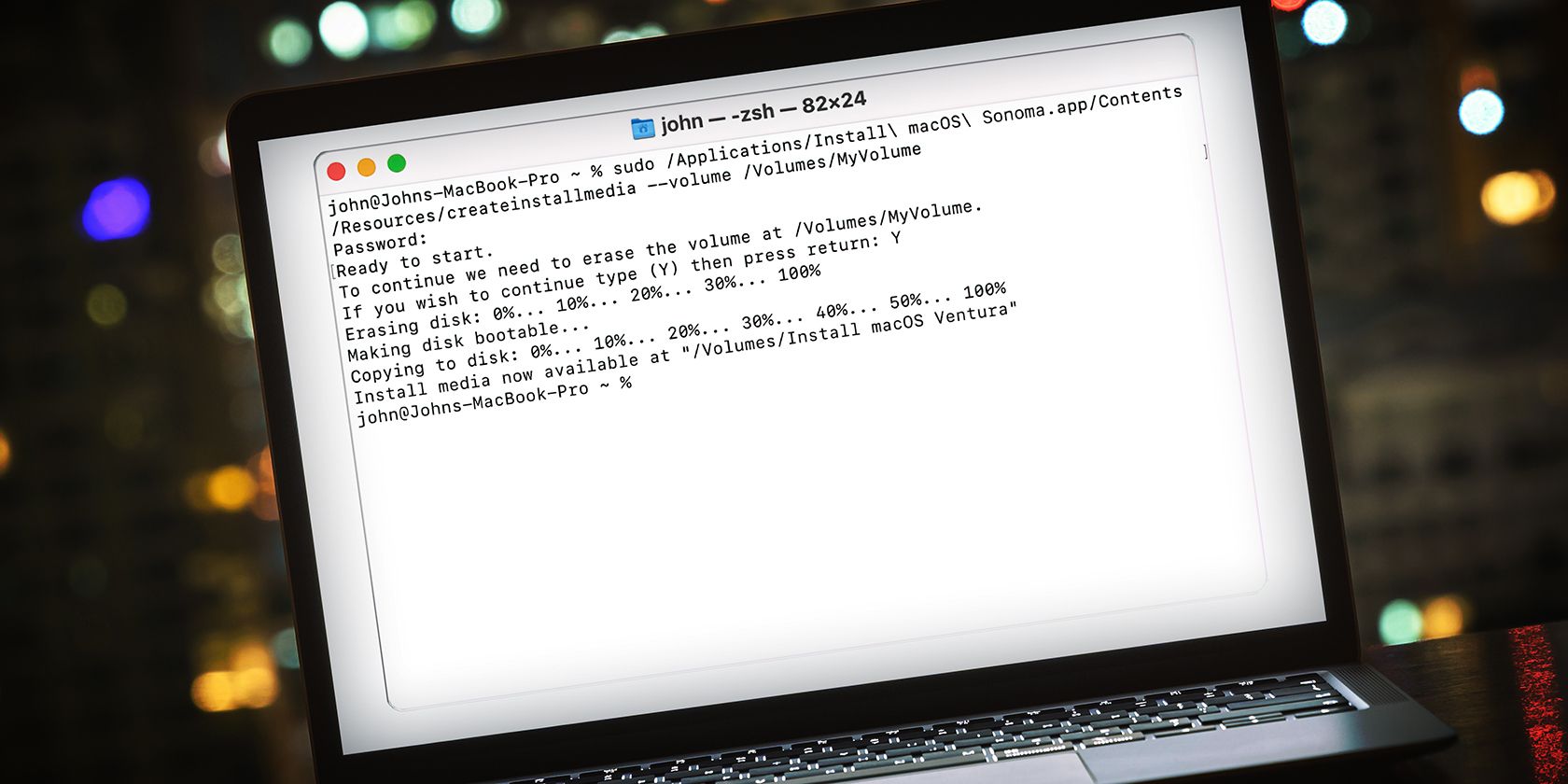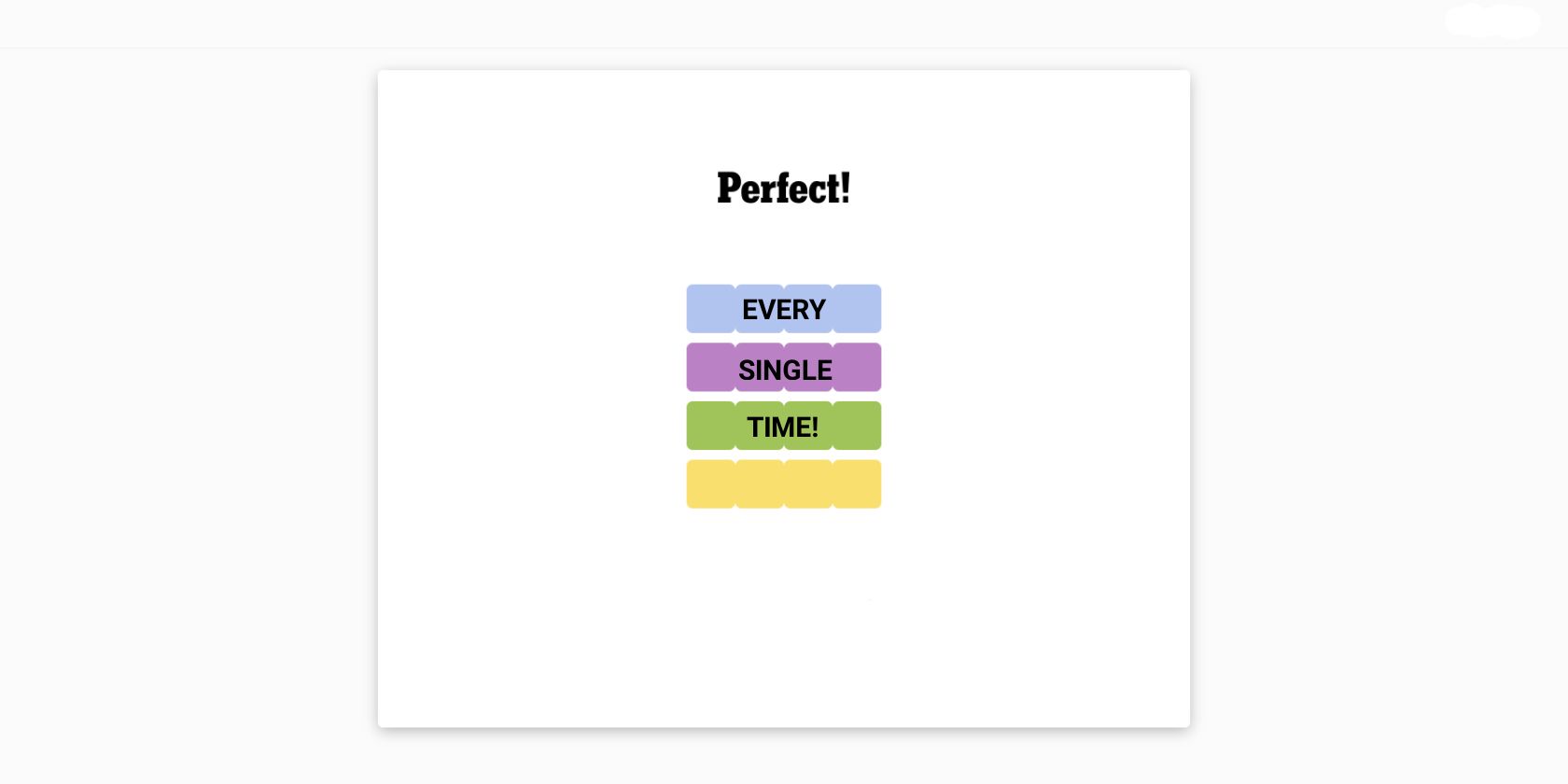Keyboard Shortcuts
Tab
Auto-complete file and folder names
Cmd+ F
Find instances of specific text in the Terminal
Ctrl + A
Go to the beginning of the line you’re currently typing on
Cmd + A
Select everything in the Terminal
Cmd + P
Print Terminal inputs and outputs
Ctrl + E
Go to the end of the line you’re currently typing on
Ctrl + U
Clear the line before the cursor
Ctrl + K
Clear the line after the cursor
Ctrl + W
Delete the word before the cursor
Ctrl + T
Swap the last two characters before the cursor
Esc + T
Swap the last two words before the cursor
Ctrl + L
Clear the screen
Ctrl + C
Kill whatever you’re running
Ctrl + D
Exit the current shell
Option + →
Move the cursor one word forward
Option + ←
Move the cursor one word backward
Ctrl + F
Move the cursor one character forward
Ctrl + B
Move the cursor one character backward
Ctrl + Y
Paste whatever was cut by the last command
Ctrl + Z
Puts whatever you’re running into a suspended background process
Ctrl + _
Undo the last command
Option + Shift + Cmd + C
Copy plain text
Shift + Cmd + V
Paste the selection
exit
End a shell session
Basics
/ (Forward Slash)
Top-level directory
. (Single Period)
Current directory
.. (Double Period)
Parent directory
~ (Tilde)
Home directory
sudo [command]
Run command with the security privileges of the super user
nano [file]
Opens the Terminal editor
open [file]
Opens a file
[command] -h
Get help about a command
man [command]
Show the help manual of the command
Change Directory
cd
Home directory
cd [folder]
Change directory, e.g. cd Documents
cd ~
Home directory
cd /
Root of the drive
cd –
Previous directory or folder you last browsed
pwd
Show your working directory
cd..
Move up to the parent directory
cd../..
Move up two levels
List Directory Contents
ls
Display the name of files and subdirectories in the directory
ls -C
Force multi-column output of the listing
ls -a
List all entries including those with .(period) and ..(double period)
ls -1
Output the list of files in one entry per line format
ls -F
Display a / (slash) immediately after each path that is a directory, * (asterisk) after executable programs or scripts, and @ after a symbolic link
ls -S
Sort files or entries by size
ls -l
List in a long format. Includes file mode, owner and group name, date and time file was modified, pathname, and more
ls -l /
List of the file system from root with symbolic links
ls -lt
List the files sorted by time modified (most recent first)
ls -lh
Long listing with human readable file sizes in KB, MB, or GB
ls -lo
List the file names with size, owner, and flags
ls -la
List detailed directory contents, including hidden files
File Size and Disk Space
du
List usage for each subdirectory and its contents
du -sh [folder]
Human readable output of all files in a directory
du -s
Display an entry for each specified file
du -sk* | sort -nr
List files and folders, totaling the size, including the subfolders. Replace sk* with sm* to list directories in MB
df -h
Calculate your system’s free disk space
df -H
Calculate free disk space in powers of 1,000 (as opposed to 1,024)
File and Directory Management
mkdir <dir>
Create a new folder named <dir>
mkdir -p <dir>/<dir>
Create nested folders
mkdir <dir1> <dir2> <dir3>
Create several folders at once
mkdir “<dir>”
Create a folder with a space in the filename
rmdir <dir>
Delete a folder (only works on empty folders)
rm -R <dir>
Delete a folder and its contents
touch <file>
Create a new file without any extension
cp <file> <dir>
Copy a file to the folder
cp <file> <newfile>
Copy a file to the current folder
cp <file>~/<dir>/<newfile>
Copy a file to the folder and rename the copied file
cp -R <dir> <“new dir”>
Copy a folder to a new folder with spaces in the filename
cp -i <file><dir>
Prompts you before copying a file with a warning overwrite message
cp <file1> <file2> <file3>/Users/<dir>
Copy multiple files to a folder
ditto -V [folder path][new folder]
Copy the contents of a folder to a new folder. Here “-V” prints a line of status for every file copied
rm <file>
Delete a file (This deletes the file permanently; use it with caution.)
rm -i <file>
Delete a file only when you give confirmation
rm -f <file>
Force removal without confirmation
rm <file1> <file2> <file3>
Delete multiple files without any confirmation
mv <file> <newfilename>
Move/rename
mv <file> <dir>
Move a file to the folder, possibly by overwriting an existing file
mv -i <file> <dir>
Optional -i flag to warn you before overwriting the file
mv *.png ~/<dir>
Move all PNG files from the current folder to a different folder
Command History
Ctrl + R
Search through previously used commands
history n
Shows the previous commands you’ve typed. Add a number to limit to the last n items
![value]
Execute the last command typed that starts with a value
!!
Execute the last command typed
Permissions
ls -ld
Display the default permission for a home directory
ls -ld/<dir>
Display the read, write, and access permission of a particular folder
chmod 755 <file>
Change the permission of a file to 755
chmod -R 600 <dir>
Change the permission of a folder (and its contents) to 600
chown <user>:<group> <file>
Change the ownership of a file to user and group. Add -R to include folder contents
Processes
ps -ax
Output currently running processes. Here, a shows processes from all users and x shows processes that are not connected with Terminal
ps -aux
Shows all the processes with %cpu, %mem, page in, PID, and command
top
Display live information about currently running processes
top -ocpu -s 5
Display processes sorted by CPU usage, updating every 5 seconds
top -o rsize
Sort top by memory usage
kill PID
Quit process with ID <PID>. You’ll see PID as a column in the Activity Monitor
ps -ax | grep <appname>
Find a process by name or PID
Network
ping <host>
Ping the host and display the status
whois <domain>
Output whois info for a domain
curl -O <url/to/file>
Download a file via HTTP, HTTPS, or FTP
ssh <username>@<host>
Establish SSH connection to <host> with user <username>
scp <file><user>@<host>:/remote/path
Copy <file> to a remote <host>
arp -a
View a list of all devices on your local network. It will show you the IP and MAC address of all the devices
ifconfig en0
View your device IP and MAC address
traceroute [hostname]
Identify the path and the hops traversed by the packets from your device to the destination address
Homebrew
brew doctor
Check brew for potential problems
brew help
List of useful homebrew formula and cask commands
brew install <formula>|<cask>
Install a formula or cask
brew uninstall <formula>|cask>
Uninstall a formula or cask
brew list –formula
List only installed formulas
brew list –cask
List only installed cask
brew deps <formula>|<cask>
List all the dependencies of a formula or cask
brew search text|/regex/
Search formula or cask through regex
brew upgrade <formula>|<cask>
Upgrade the formula or cask
brew outdated <formula>|<cask>
Search for outdated formula or cask
brew outdated –formula
Search for outdated formula
brew outdated –cask
Search for outdated cask
brew pin [installed_formula]
Pin a formula from getting upgraded
brew unpin [installed_formula]
Unpin to upgrade a package
brew cleanup
Remove stale lock files and outdated packages for all formulas and casks
Environment Variable or Path
printenv
Display a list of currently set environment variables. Also tells you which shell you’re using
$echo
Ask Terminal to print something and show it to you
echo $PATH
Check the value of the PATH variable, which stores a list of directories with executable files
echo $PATH >path.txt
Export the path directory to a text file
export PATH=$PATH:absolute/path to/program/
Execute a program via Terminal only in your current session. If you use a program regularly, add the path to the shell configuration file.
Search
find <dir> -name <“file”>
Find all files named <file> inside <dir>. Use wildcards (*) to search for parts of filenames
find <dir> -size +<size>
Find all files larger than <size> in <dir>
find <dir> -size -<size>
Find all files less than <size> in <dir>
grep “<text>” <file>
Output all occurrences of <text> inside <file> (add -i for case insensitivity)
grep -rl “<text>” <dir>
Search for all files containing <text> inside <dir>
Output
cat <file>
Output the content of <file>
less <file>
Output the contents of <file> using the less command that supports pagination and more
head <file>
Output the first 10 lines of <file>
<cmd> < file
Use file contents as input to cmd
<cmd> > > <file>
Appends the output of <cmd> to <file>
<cmd> > <file>
Direct the output of <cmd> into <file>
<cmd1> | <cmd2>
Direct the output of <cmd1> to <cmd2>
Terminal Windows and Tabs
Cmd + N
Open a new Terminal window
Cmd + T
Open a new Terminal tab
Cmd + D
Split the Terminal window into two panes
Cmd + <tab number>
Switch from one Terminal tab to another
Cmd + Page Up
Scroll one page up the Terminal window
Cmd + Page Down
Scroll one page down the Terminal window
Cmd + W
Close a Terminal tab
Option + Shift + Cmd + W
Close all Terminal tabs




